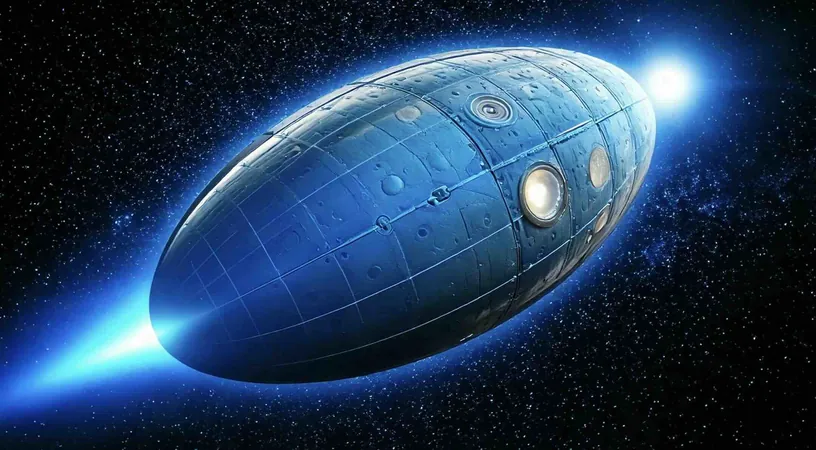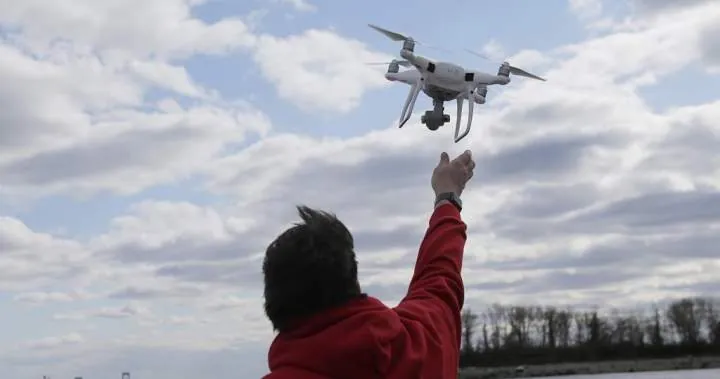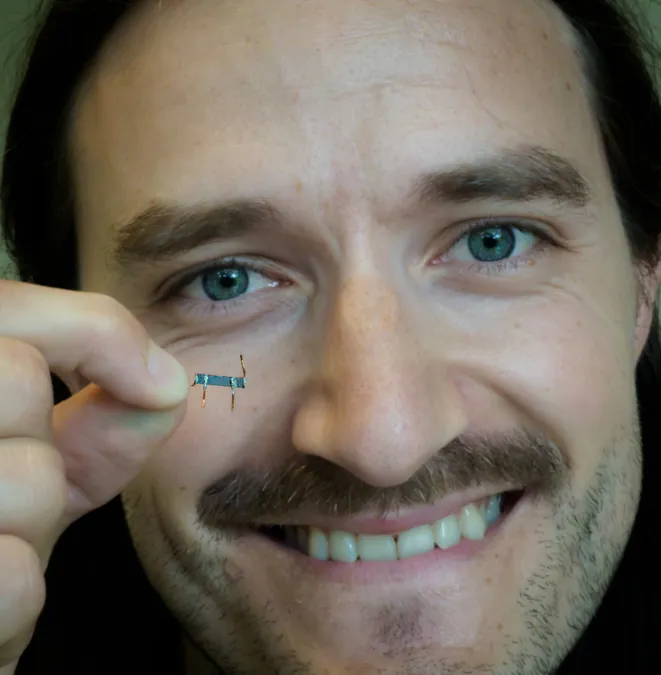
Could Alien Technology Be Hiding in Interstellar Objects Like 3I/ATLAS? Astronomers Say There's Potential!
2025-09-01
Author: Jacques
The recent sighting of the enigmatic object 3I/ATLAS marks a thrilling advancement in our astronomical endeavors, being the third confirmed interstellar object to be observed. This discovery has ignited fervent discussions about its origins—and sparked tantalizing speculation that it might not just be a comet but possibly the product of extraterrestrial technology.
Is 3I/ATLAS More Than Just a Comet?
Discovered on July 1, 2025, 3I/ATLAS has certainly piqued interest with its unorthodox features. A notable voice in this conversation, Harvard's Avi Loeb, has posited that the object's unusual trajectory and motion through our solar system could hint at it being an intelligently designed spacecraft rather than a mere natural comet.
While Loeb's analysis was primarily educational, he emphasized that the possibility of 3I/ATLAS having technological origins shouldn't be dismissed entirely. A new study by an international team of astronomers builds upon this discourse, reviewing previous speculations and advocating for methods to investigate potential alien technology in interstellar comets and asteroids.
Cosmic Hitchhikers: Could Technology Travel the Cosmos?
The researchers argue that since we have successfully launched probes on interstellar trajectories, it's possible others may have done the same. They suggest that some forms of alien technology might 'hitchhike' on these interstellar visitors, either remaining active during their odyssey or awakening upon their arrival in our solar system.
Even dormant technology could emerge once surface materials sublime as the object approaches the Sun. For instance, hidden probes could emerge if an interstellar carrier like 3I/ATLAS arrives near our star.
Searching for Technosignatures: Four Key Strategies
The team's study outlines four main avenues to search for technosignatures: 1) Unexplained trajectories that defy natural laws, 2) Spectral anomalies and unexpected heat signatures, 3) Objects with distinct shapes such as cylinders or light sails, and 4) Detectable transmissions like radio or laser signals that signal communication.
Though studies of past interstellar objects 'Oumuamua and Borisov yielded no concrete evidence of technology, the recent monitoring of 3I/ATLAS through the Allen Telescope Array and iconic instruments like NASA's Webb and Hubble Telescopes holds promise. While current findings suggest a natural origin, any fresh perspective from our observations could unveil critical insights.
The Importance of Technosignature Research
With the Rubin Observatory's upcoming Legacy Survey of Space and Time set to identify numerous interstellar objects in the coming decade, now is the time for thorough technosignature investigations. Planned observation campaigns across various frequencies could enhance our likelihood of discovering something truly extraordinary.
As thrilling as the idea of alien probes may be, the crux of ongoing research lies in refining our ability to differentiate between the natural and the anomalous. The authors stress that any potential technosignature detection will need strict verification protocols to ensure credibility.
This groundbreaking research, titled "Technosignature Searches of Interstellar Objects," authored by James R.A. Davenport and colleagues, was published on arXiv.org on August 22, 2025.









 Brasil (PT)
Brasil (PT)
 Canada (EN)
Canada (EN)
 Chile (ES)
Chile (ES)
 Česko (CS)
Česko (CS)
 대한민국 (KO)
대한민국 (KO)
 España (ES)
España (ES)
 France (FR)
France (FR)
 Hong Kong (EN)
Hong Kong (EN)
 Italia (IT)
Italia (IT)
 日本 (JA)
日本 (JA)
 Magyarország (HU)
Magyarország (HU)
 Norge (NO)
Norge (NO)
 Polska (PL)
Polska (PL)
 Schweiz (DE)
Schweiz (DE)
 Singapore (EN)
Singapore (EN)
 Sverige (SV)
Sverige (SV)
 Suomi (FI)
Suomi (FI)
 Türkiye (TR)
Türkiye (TR)
 الإمارات العربية المتحدة (AR)
الإمارات العربية المتحدة (AR)